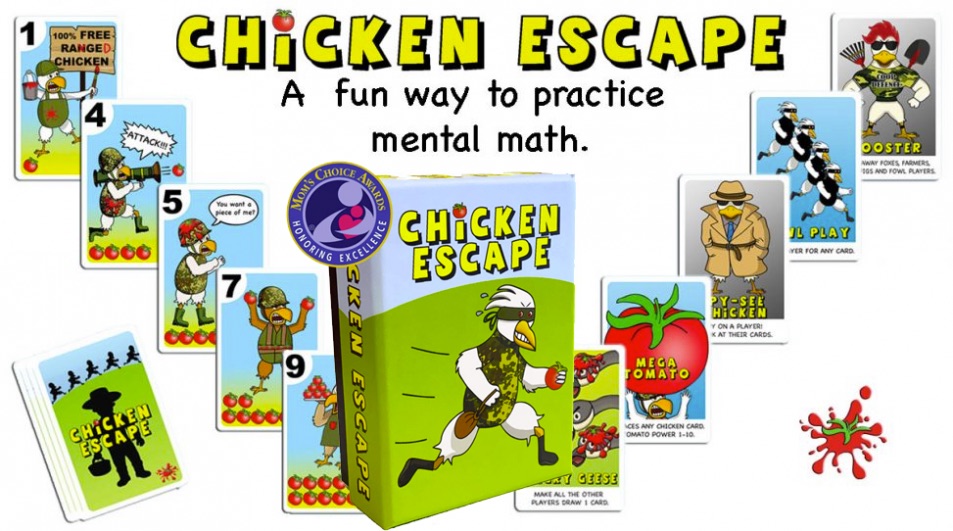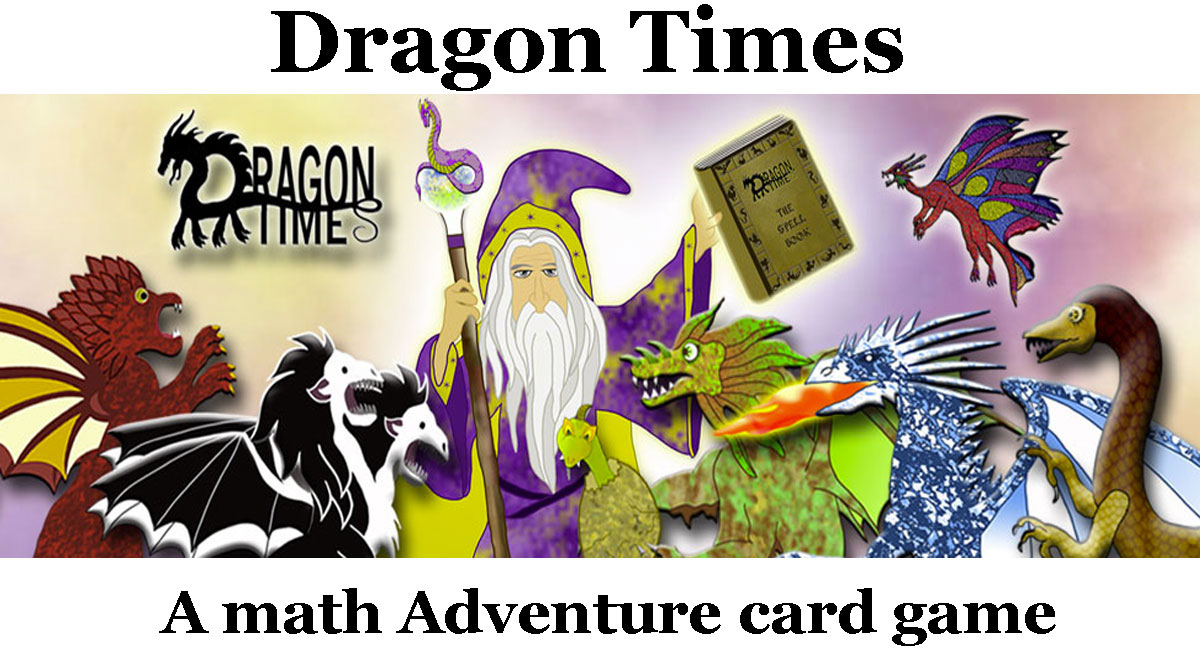Dedicating time for teaching mental math strategies in the classroom or at home helps students become quicker and more efficient in solving equations. It improves their number sense skills and helps them identify relationships between numbers, and recognize patterns. However, we need to remember that we teach concepts first and strategies after.
What is mental math?
Mental math is the way a student determines the correct answers to math problems without the use of tools like paper and pencil, calculators, or abacus. By executing all the calculations in the brain the students are required to hold information in their mind for a limited period of time while using that information. Mental math helps us function in our daily lives. Quick calculations are useful for shopping, cooking, using a foreign currency, calculating a tip, and more.
While we teach students algorithms for solving long addition or multiplication problems, it is good for them to train themselves to solve simpler problems mentally. There are many strategies that can be taught and can improve mental math abilities.
For example, a simple one is this: to add 9 to any number you can add 10 and subtract 1. 17+9 =17+10-1=27-1=26.
Another one is an easy way to multiply a number by 5. Multiply by 10 and take half of that.
You might find that many students discover some of the strategies by themselves while others need some help to understand them. With the right activities, you can lead students to understand a strategy and “discover” it by themselves. For example by grouping similar problems on a worksheet and asking them to find a pattern and discuss the best way to solve them.
All the students benefit from learning mental math strategies as they help them to solve problems faster and become more efficient. Moreover, by combining different strategies the students are able to solve more complicated problems successfully as their mind is trained to choose the most efficient path.
Of course, not all kinds of problems should be solved mentally. It is important to select the appropriate problems that match the students’ skill level; otherwise, the students will get frustrated and give up. Mental math often requires strong working memory and doesn’t always work for all the students. However, with practice and some key strategies, the students can improve their mental math abilities and sharpen their brains.
The following simple strategies can help primary students solve problems easier. We can suggest and explain a strategy to a student and let them decide if they would like to use it. Some students discover the strategies themselves and some need more guided practice to get there.
Four and times a number.
To calculate four times a number the students can double that number twice. For example 4×15. First, double 15 which makes 30 and then double 30 which makes 60. The same way, to calculate 8 times a number they can double it 3 times.
Multiplying in parts. (Distributive property of multiplication)
This strategy is the foundation for the multiplication algorithm. The students can solve 7 x 32 mentally by multiplying 7 x 30 and 7 x 2, and adding the results 210 + 14 =224
Compensation for 8 and 9
Similar to when adding or subtracting 9, when adding or subtracting 19 or 18, 29 or 28 and so on students can use the following strategy.
For example: 67 – 19 = 67 – 20 + 1 43 + 29 = 43 + 30 – 1
67 – 18 = 67 – 20 + 2 43 + 28 = 43 + 30 – 2
Even more complicated equations like 305-198 can be solved mentally with practice. (305-200)+2=107
It is critical that we explain why this strategy works and the math behind it so that students understand what is happening.
For example, the strategy of Common Zeros and Trailing Zeros which is a very popular one.
For addition and subtraction operations, students remove the 0s, complete the operation, and then tack the 0 back on. Example: 120 – 70 = ? Think 12 – 7 = 5 Add the common zero, so the answer is 50.
Students need to understand that 120 is 12 tens and 70 is 7 tens, So the answer will be 5 tens. It is important that the students understand this visually starting with base 10 blocks.
For multiplication, students remove the trailing 0s, multiply, and tack on all the removed zeros. For example 70 x 80 = Think 7 x 8 = 56 Tack on the removed 0, so the answer is 5600.
Again 70 is 7×10 and 80 is 8×10 so 7 x 8 x 100=5600 Make sure students understand and not just add the zeros.
Strategies like these train students to identify relations in numbers and become more efficient in solving equations, however, it is important that they clearly understand the math behind the strategy. I cannot stress this enough.

